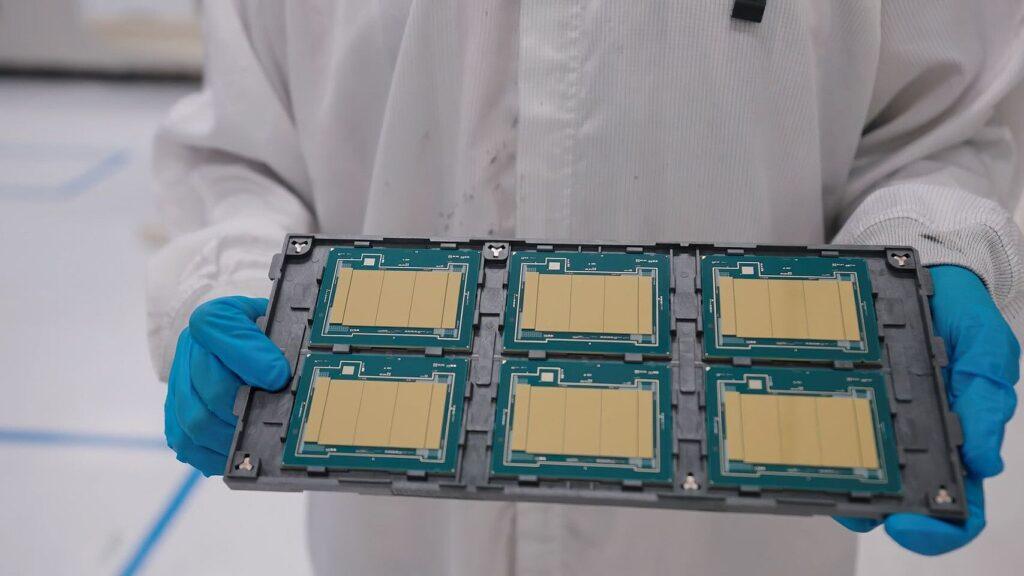- Intel W890 platform supports dual-tier configurations for professional workstation flexibility
- Expert-class systems provide 112 PCIe lanes for high-performance GPU and storage configurations
- Granite Rapids-WS processors will have up to 86 cores and 172 threads
Recent leaks have claimed that Intel’s upcoming Granite Rapids-WS HEDT processors will be built on the W890 workstation platform, promising notable upgrades for professional computing.
The platform features a Socket E2 design with 4710 LGA pins, supporting CPUs with a thermal design power of up to 350 watts.
Supports standard DDR5 DIMMs and registered DDR5 modules in quad-channel configurations reaching speeds of 5200 MT/s.
PCIe lines and connectivity for demanding workloads
In total, the systems can handle up to 2 terabytes of memory per processor socket, a substantial improvement over previous workstation platforms.
The W890 platform supports two tiers: Expert class and Mainstream: Expert class systems offer 112 PCIe lanes, with 96 PCIe 5.0 and 16 PCIe 4.0 lanes, while Mainstream variants provide 80 PCIe 5.0 lanes.
This configuration allows workstations to run multiple GPUs, storage drives, and expansion cards without bottlenecks.
Connectivity includes USB 3.2 and USB 2.0 ports, multiple SATA III interfaces, dual SlimSAS connectors providing PCIe 4.0 x4 bandwidth, and a 2.5 Gigabit Ethernet controller.
Power delivery uses a standard 24-pin ATX connector and supports up to four additional 8-pin CPU headers, and server-level management is based on an ASPEED AST2600 BMC and a Nuvoton system supervisor.
Leaked specs suggest the W890 platform is Intel’s answer to AMD’s Threadripper ecosystem in premium HEDT workstations.
The top-tier Granite Rapids-WS processor reportedly features 86 cores, 172 threads, 336MB L3 cache, and single-core boost speeds approaching 4.8GHz.
Improvements in the memory subsystem and a flexible PCIe topology are expected to benefit rendering, simulation, and data analysis tasks.
While AMD maintains a higher maximum core count and cache, Intel’s design prioritizes memory speed and performance for professional workloads.
Mobile workstations and mini PC systems are unlikely to utilize the full capabilities of the W890 platform due to thermal and spatial limitations.
However, standard desktop workstations can take advantage of expanded memory, PCIe lanes, and connectivity options to support high-performance computing tasks.
These leaks provide a first look at Intel’s approach to staying competitive in HEDT workstations.
Final adoption and performance will depend on production CPUs and official motherboard designs to be revealed at CES 2026.
Via TechPowerUp
Follow TechRadar on Google News and add us as a preferred source to receive news, reviews and opinions from our experts in your feeds. Be sure to click the Follow button!
And of course you can also follow TechRadar on TikTok for news, reviews, unboxings in video form and receive regular updates from us on WhatsApp also.




